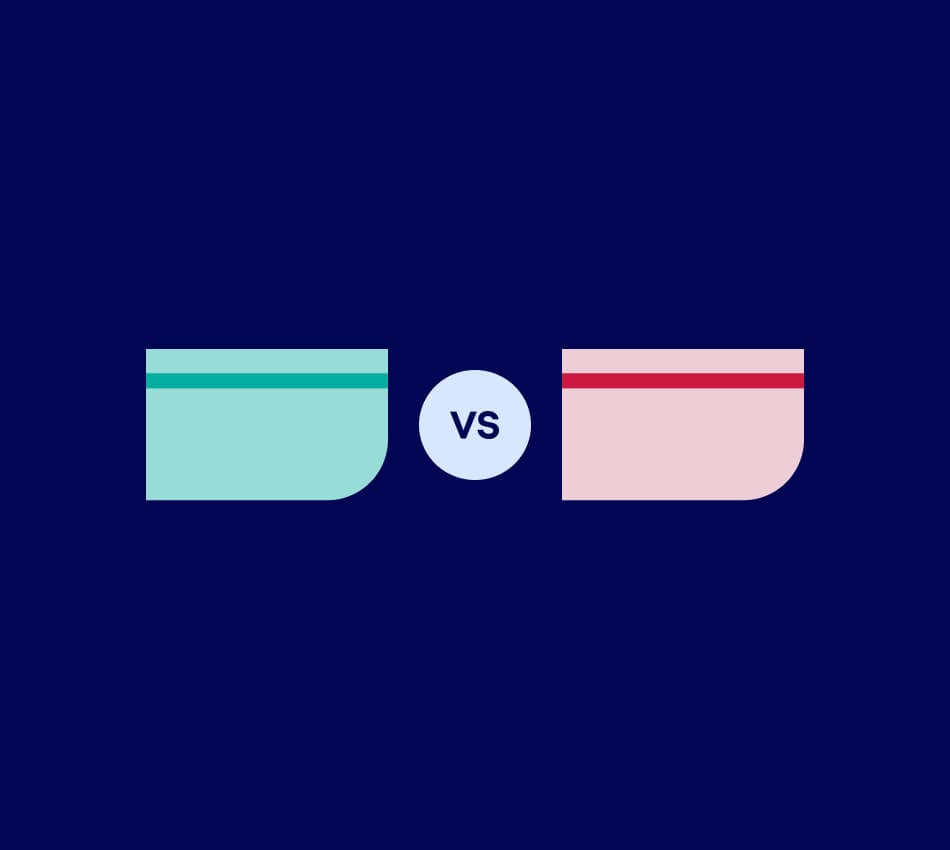Debt is a common financial tool that businesses use to help them develop, expand, and grow. However, not all debt is created equal. There is good debt and bad debt and, as a business owner, it’s important to understand the difference between the two. In this article, we’ll explore what separates good debt from bad debt, identify examples of each, and explore how they can impact a business.
What is good debt?
Good debt is money you borrow for an investment that has the potential to appreciate in value over time. Essentially, it’s debt that can help your business generate income or grow in some way. For example, taking out a loan to buy a piece of equipment that will help you produce more goods or services can be considered good debt.
Examples of good debt
Business line of credit
A business line of credit is a type of loan that allows you to borrow money up to a certain limit for your business. Unlike a traditional loan, you only pay interest on the amount you borrow, not the entire line of credit. This type of debt can be used to cover expenses when cash flow is tight, which can help businesses avoid taking on more expensive debt. You can also use a business line of credit to fund a big project, seasonal hiring, or an upgrade to your equipment or office space.
Real estate investment
Investing in real estate can be a good way for businesses to generate passive income. Purchasing a rental property or office space can help you build equity over time and generate steady cash flow through rent payments.
Equipment financing
Equipment financing is a loan that is used to purchase equipment for your business. This type of loan can help your business acquire the equipment it needs to produce goods or services without having to pay for it all upfront.
What is bad debt?
Bad debt, on the other hand, is money you borrow for something that does not have the potential to generate income or appreciate in value over time. Essentially, it’s debt that does not benefit your business the way good debt would.
Examples of bad debt
Credit card debt
Credit card debt can be one of the most expensive types of debt for businesses. High interest rates and fees can make it difficult to pay off balances, especially if your business can only make the minimum payment each month.
Personal loans
Taking out a personal loan to cover business expenses can be risky. If your business is not generating enough income to pay back the loan, you are personally responsible for the debt.
Luxury expenses
Spending money on unnecessary luxury items like fancy office furniture, expensive company vehicles, or high-end business trips can be considered bad debt. These expenses do not have the potential to generate income or grow your business.
How can bad debt impact a business?
Bad debt can have a negative impact on your business in both the short and long term. In the short term, bad debt can reduce your business’ income by increasing the amount of money that you need to pay back each month. This can make it difficult for your company to cover expenses or invest in growth opportunities. In the long term, bad debt can damage your business’ credit score, making it difficult to qualify for loans or lines of credit in the future.
Ways to get out of bad business debt
If your business is struggling with bad debt, there are several potential solutions. The debt snowball and avalanche methods are two popular debt repayment strategies that can help businesses prioritize paying off their debts. The snowball method involves paying off debts in order of smallest to largest balance, while the avalanche method involves paying off debts in order of highest to lowest interest rate.
Debt consolidation loans are another option for businesses struggling with multiple high-interest debts. These loans combine multiple debts into one loan with a lower interest rate, making it easier to pay off debt over time. It’s important to be careful about debt consolidation loans, because you’ll need to make sure you can keep up with the monthly payments for them to be effective. Otherwise, you could put your business further into debt.
How to use good debt to your advantage
Good debt, when used wisely, can help your business grow and generate more revenue. One way to use good debt is through real estate investments. Real estate is a tangible asset that can appreciate in value over time, which makes it a sound investment. Using a business loan to invest in real estate can help you diversify your business portfolio and potentially earn a significant return on investment in the long run.
Another way to use good debt is by applying for a business line of credit. A business line of credit is a type of revolving credit that allows you to draw funds as needed up to a predetermined limit. This means you can borrow money when you need it and pay it back when you have the cash flow to do so. A business line of credit can help you manage your cash flow more effectively and seize opportunities when they arise, such as hiring new staff, purchasing inventory, upgrading equipment or space, and launching a new product line.
Debt can be a double-edged sword for businesses. On one hand, it can help you grow and scale your business. On the other hand, it can also hurt your bottom line if you take on too much bad debt. Understanding the difference between good debt and bad debt is crucial to making sound financial decisions for your business. By managing your debt wisely and using it to your advantage, you can take your business to the next level and set yourself up for long-term success.
